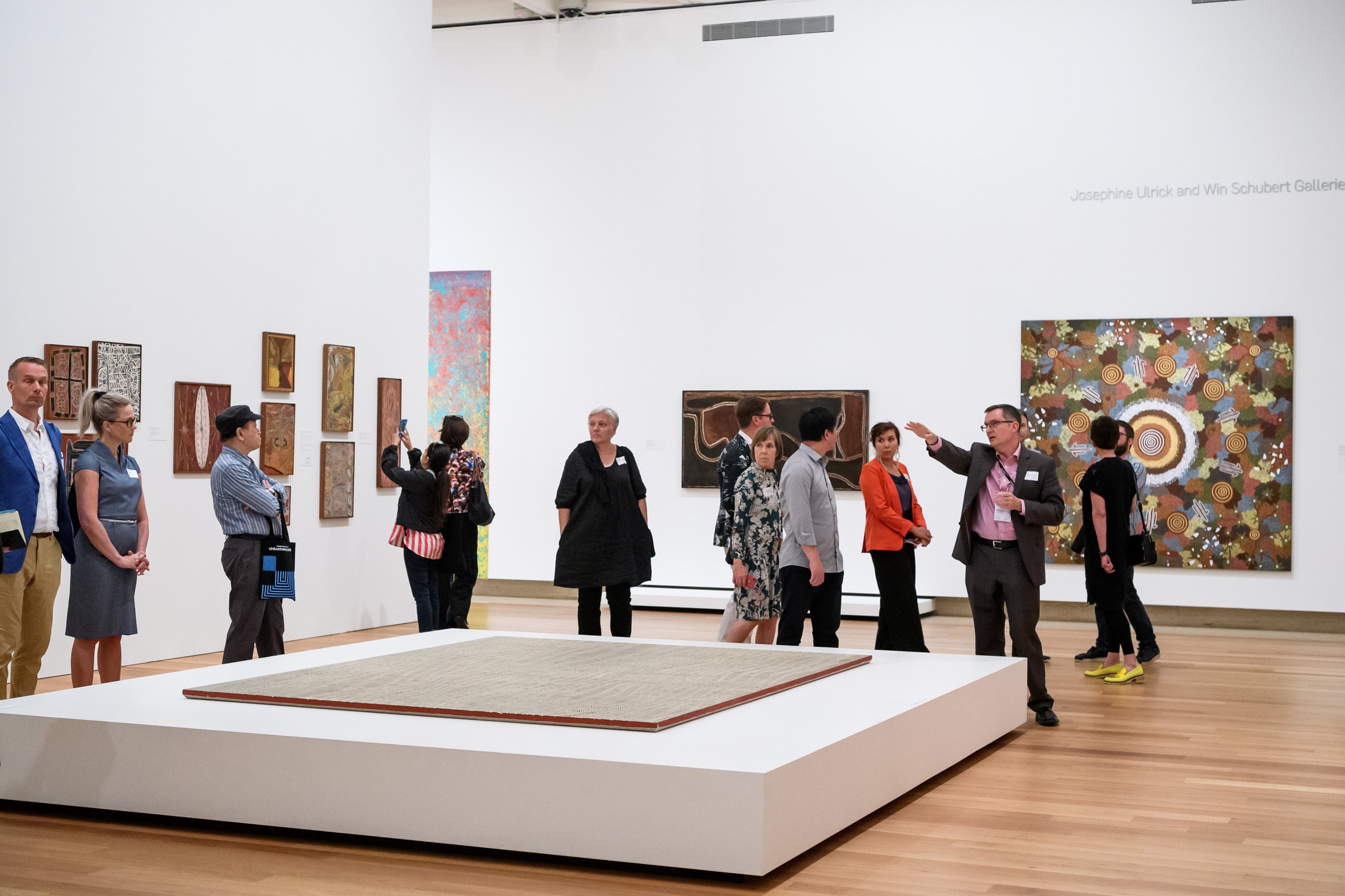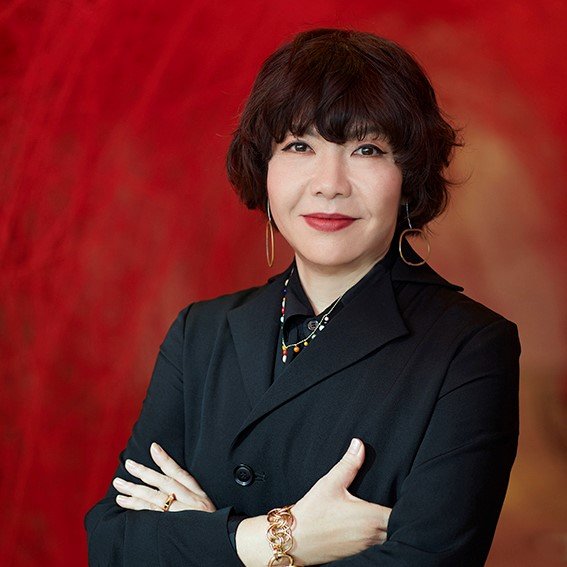Preparing for the New Everyday

A letter by Mami Kataoka, President, and the Board of CIMAM
After a few months of museum closure around the world, some countries are relaxing their state of emergency and museums are slowly resuming their activities. At this time, many reports are being published through different media detailing the unprecedented impact on museums. Situations are extremely diverse across different museum models which makes it unrealistic to generalize and suggest universal solutions.
During these times, CIMAM Board members have been discussing what this means to museums and how CIMAM could contribute as an essential platform for the professionals of modern and contemporary museums.[1] We are aware that the consequences of this turmoil on the art eco-system will be significant, and that museums will have to reinvent much of what has until now been taken as given.
As an immediate response to the situation, CIMAM has made available a set of Precautions for Museums during the COVID-19 Pandemic containing safety measures for the reopening and resuming of museum activity. This document is based on examples of the National Gallery Singapore, M+ Hong Kong, and Mori Art Museum responding to the initial outbreak of COVID-19 earlier this year.
We will continue to share experiences of how museums are responding to the pandemic over time. To this end, we have recently re-launched the call for Outstanding Museum Practices in a Time of Global Crisis, which is intended to bring together innovative best practices of museums in their response to the current situation to ensure a continued and inclusive access to culture.

One of the major challenges we are all confronting is the dramatic loss of revenue due to museum closures, while the postponement and cancellation of exhibitions and events might lead to museums losing sponsorship income. Assuming that the world economic impact is long term, it also throws into doubt future philanthropic funding for museums. Even when we reopen our doors, social distancing and limited visitor numbers will undermine museum business models dependant on revenue from paid entry. This will be especially dramatic for those models that rely heavily on blockbuster exhibitions. As a consequence, we will have to reconsider what has been the norm of exhibition making, such as the shipping of large consignements of heavily insured artworks, courier travel, large-scale exhibition design, among others. International travel restrictions will make it particularly difficult for modern and contemporary museums to invite artists to travel from all around the world, which will mean the loss of a vital source of energy for the institution and its publics. Some of us are already setting up new teams for crisis management and organizing business continuity plans.
Another challenge for museums is the rapid development and needs of online programs. A number of museums around the world have launched digital programs during this closure. As social distancing and travel restrictions are set to continue and people will have to spend yet more time at home, even after museums resume their activities, this online realm will remain an important parallel with real experience. However, since not every museum is equipped with enough financial and human resources to further develop online initiatives, the significant investment needed to develop and maintain digital channels might not be financially supported.
Under these circumstances, it is inevitable that our attention is brought to local communities and artists. In order to help local and regional artists sustain their activities, museums need to work closely with them. We have to ask ourselves how we can remain relevant and valuable for our own community and society at large while maintaining our international outreach. Thinking of the local from a broader regional perspective, in terms of Europe, Asia and the Pacific, or the Americas, for example, could be a way to ensure connectedness and continued relevance. It would also be even more important than ever to collaborate with our colleagues around the world, seeking partnerships and sharing with each other to sustain the global art community.
In the long run, this is obviously the time for museums to make a serious commitment to global warming and sustainability. COVID-19 could be only the beginning of a larger global crisis. A number of people have suggested that this is an autopurification process for the planet, or a warning from the natural world regarding over-inflated anthropocentrism. It is one of the most urgent issues for the museum sector, and there is no better time than now.
There is much more to be discussed and it is a great opportunity for CIMAM to reinvent itself. What can CIMAM do in a time of global health crisis? While nobody knows the right direction for coping with what is yet to come, CIMAM’s strength is that we can share our best practices and possible solutions among our 600 plus members. I realize that the annual activity of CIMAM is focused on the Annual Conference, which is a physical gathering, while we have been setting up different working groups among the Board members to further communicate with the members on different matters. The CIMAM Annual Conference is a such vibrant opportunity to meet with our colleagues from the global community, yet this crisis has made us consider other channels for coming together without the need for physical travel, and which could even happen several times a year. We will shortly be able to announce to members more details about our new initiatives for online discussion platforms.
With all the current uncertainties for the museum sector, CIMAM needs to advocate for the importance of museums in contributing to our lives and social well-being. Museums provide an important opportunity for human beings to appreciate art and beauty, to encounter both the familiar and the unfamiliar, to contemplate the meaning of life and death, to imagine the future by learning from the past, and to recognise ourselves in others. It is our responsibility as professionals in the global community for museums of modern and contemporary art to confront and overcome this situation through solidarity. And our “new everyday” is only just starting.
Mami Kataoka, President, and the Board of CIMAM (International Committee for Museums and Collections of Modern Art)
[1] CIMAM Board Members have conducted interviews and Zoom discussion on April 28, moderated by François Giannesini, CEO of SHERPA21.